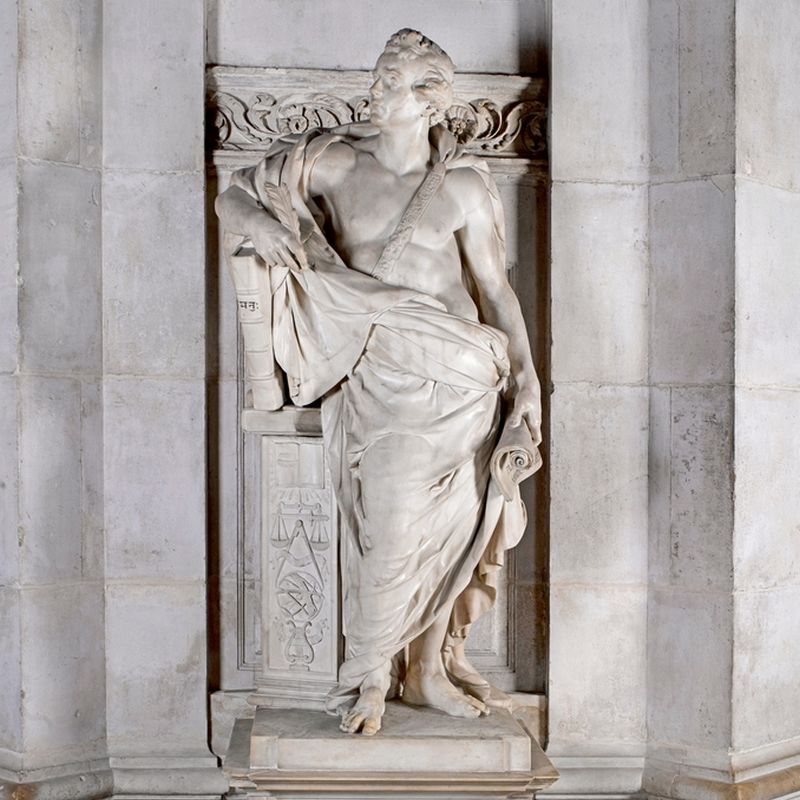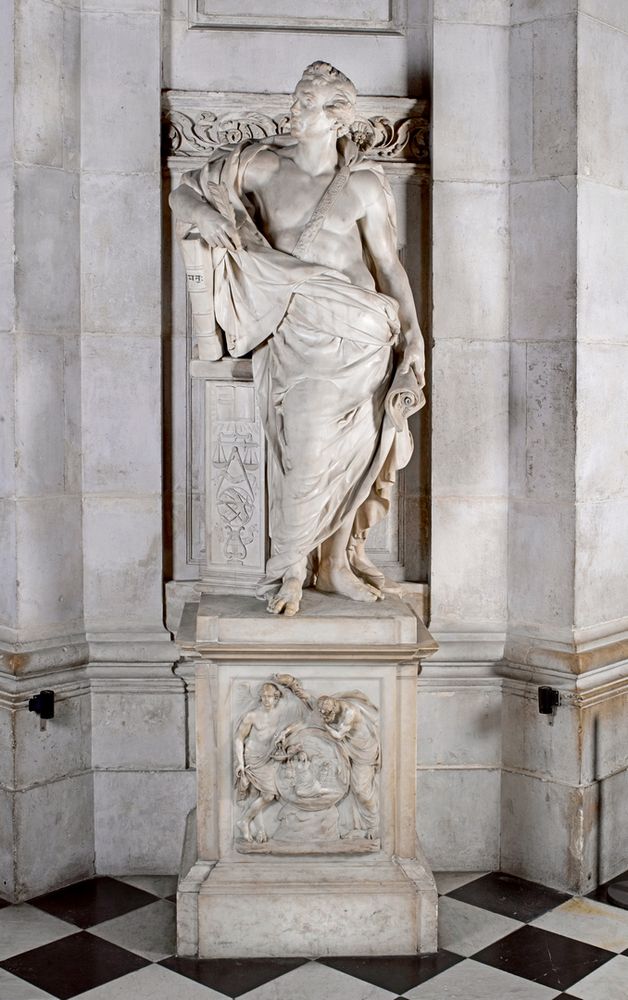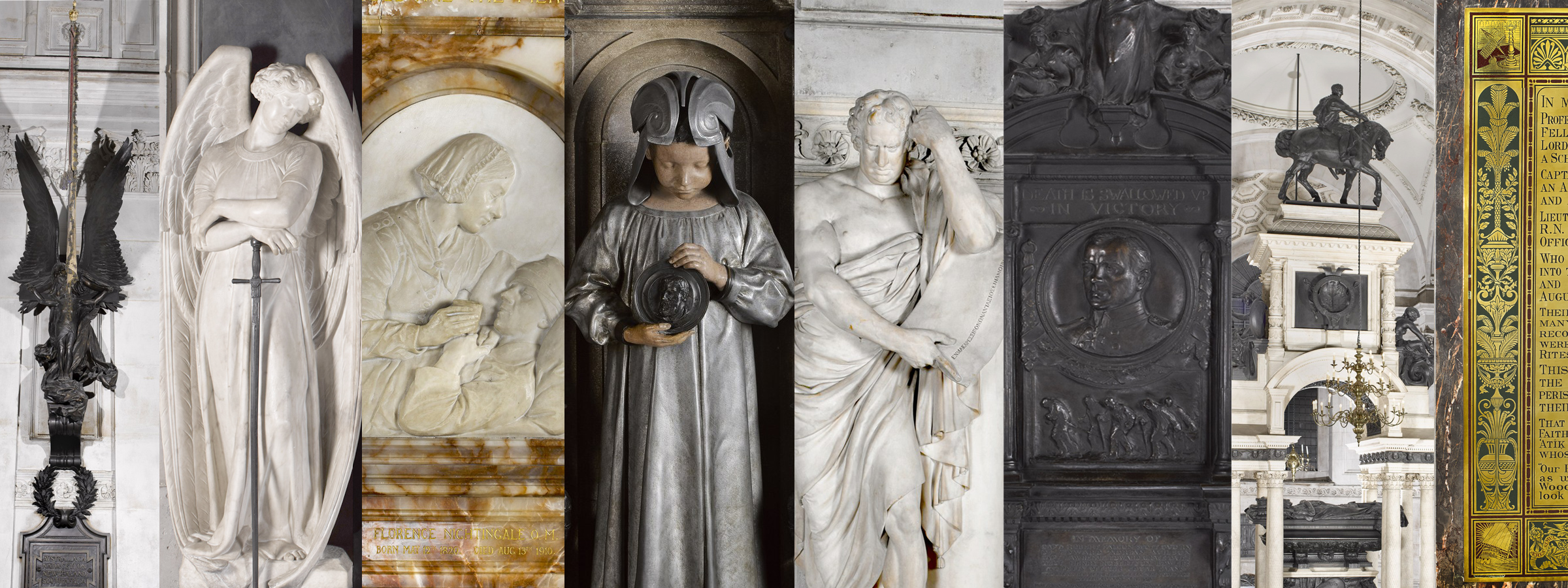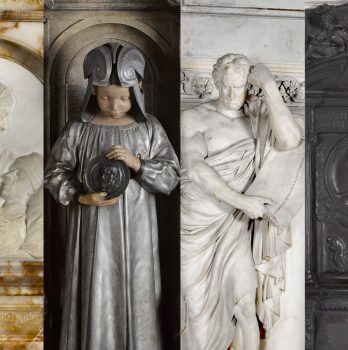‘The Damsels of Cardigan’: Broadcaster, Musician and Author Cerys Matthews’ Response to the Monument to Sir William Jones, by John Bacon the Elder, 1799


‘Written for a Fête Champêtre in Wales’
or ‘The Damsels of Cardigan’
by Sir William Jones
Fair Tivy, how sweet are thy waves gently flowing,
Thy wild oaken woods, and green eglantine bowers,
Thy banks with the blush-rose and amaranth glowing
While friendship and mirth claim these labourless hours!
Yet weak is our vaunt, while something we want,
More sweet than the pleasure which prospects can give;
Come, smile, damsels of Cardigan,
Love can alone make it blissful to live.
How sweet is the scent of jasmine and roses,
That Zephyr around us so lavishly flings!
Perhaps for Bleanpant fresh perfumes he composes,
Or tidings from Bronwith auspiciously brings;
Yet weak is our vaunt, while something we want,
More sweet than the pleasure which odours can give:
Come, smile, damsels of Cardigan,
Love can alone make it blissful to live.
How gay is the circle of friends round a table,
Where stately Kilgarran o’er hangs’ the brown dale;
Where none are unwilling, and few are unable,
To sing a wild song, or repeat a wild tale!
Yet weak is our vaunt, while something we want,
More sweet than the pleasure that friendship can give:
Come, smile, damsels of Cardigan,
Love can alone make it blissful to live.

About Cerys Matthews
Cardiff born, Swansea bred Cerys Matthews is a London based broadcaster, musician and author.
A familiar voice on the radio, she programmes and hosts shows on BBC Radio 2 , BBC Radio 4 and BBC 6 Music, and is a frequent guest on BBC Radio 3 and the BBC One Show as cultural roving reporter.
Her singalong book, Hook, Line and Singer, published by Penguin, was a Sunday Times bestseller, and her most recent publication Where the Wild Cooks Go, which includes a Spotify playlist and poems, topped the Amazon Food and Travel chart. She is also the author of two children’s books to date, Tales from the Deep and Gelert.
Cerys is known for being part of the multi-million-selling band Catatonia, and for singing perennial favourite ‘Baby Its Cold Outside’ with her fellow countryman , Sir Tom Jones.
Visit Cerys’ website and find her on Facebook, Instagram and Twitter
About the Monument
Sir William Jones (1746–1794) was a renowned philologist who knew 28 languages to a varying degree by the time he died in Calcutta (now Kolkata) at the age of 47. Although born in London, he had a strong connection with Wales through both his parents (his mathematician father, who, incidentally, introduced the use of the symbol π, was from Anglesey), and he himself worked for a while as a circuit judge in Wales. Jones joined the Cymmrodorion Society in 1778 to carry out research into the cynfeirdd and gogynfeirdd (early and princely Welsh poetry). He founded the Society of the Druids of Cardigan, and he could play the Welsh harp.
Jones’ joyous poem ‘Written for a Fête Champêtre in Wales’ was written as a young man and was later set to music as a folk song, appearing in a collection of songs published around 1800, and as ‘The Damsels of Cardigan’ in Beethoven’s cycle of 26 Welsh Songs, first published in 1817.
In 1783, Jones was appointed as a judge to the supreme court in Bengal, where he immersed himself in the study of local languages and culture. He founded the renowned Asiatic Society in 1784 and published widely. His interests are represented on his monument in St Paul’s in the detail sculpted on both the plinth on which the over-sized figure of William Jones leans and the pedestal, with its representation of Hindu deities and scripture. His monument, by John Bacon the Elder (1740–1799), was one of the first four to appear on the cathedral floor, along with Samuel Johnson, Sir Joshua Reynolds and John Howard.
Image Credits
The video contains images from the following sources:
- ‘Teifi Reflections’ by Des D. Mona
- ‘Still the Flow’ by Des D. Mona
- ‘Cilgerran Castle, Pembrokeshire’ by judyboo
- ‘paul sandham’ by Dave @ Mwnt
All Adapted and Reproduced Under Creative Commons Licence (CC BY-NC 2.0)
Video footage of William Jones’ monument: Alastair Coughlan


